|
Those of us who want to build a well-constructed, energy efficient home should aim for a tight building envelope that minimizes air leakage (meaning it's "airtight"), controls moisture, and has a generous amount of insulation. In episodes 27, 28, 29, 30, and 31, we looked at several different ways to insulate a house, but this week, we’ll consider how much insulation is enough and whether over insulating a house is a thing. Jeremy, this one’s for you. Let’s get right into it. We'll start with a Pop Quiz which will be a review a previous Pro Term: R value. Do you remember what R value is? We’ve talked about R value in several episodes, including episode 27 called Insulation 101. R-value is the measure of a material's resistance to heat flow. The higher the R-value, the more resistant a material is to heat flow, meaning the material decreases the unwanted flow of heat either going into or out of your house. Generally, in the winter, we want the heat produced by our HVAC system to stay in our houses, and in the summer, we want uncomfortable outdoor heat to stay out of our houses. The higher the R-value, the better-- at least that’s the general rule. You can do a few things with insulation to increase the R Value of a wall, basement or attic. First, you could build thicker walls with deeper insulation cavities and add more inches of insulation. For example, you could build 2x6 walls instead of standard 2x4 walls. That extra 2 inches of depth gives more room for more insulation. Another thing you can do to increase R value is to add foam board insulation to the exterior of your house to go with whatever interior insulation you choose. Thirdly, you can go with a higher density, aka more "compact" type of insulation. Typically, denser insulation has a higher R value per inch compared to less dense insulation. For example, you can choose denser spray foam insulation instead of less dense fiberglass batts. That will allow you to increase the R value without having to increase the depth of the insulation or depth of the insulation space. So, those are ways we can increase insulation to increase R values. The more insulation you add, the less unwanted heat flow you’ll get. But at some point, you’ll be paying so much for the insulation and the deeper wall cavities required for all that extra insulation, that you end up paying more for the insulation than you can recover in energy savings. For insulation, there is a point of diminishing returns. A point of diminishing returns is when the profits or benefits gained are less than the amount of money or energy invested. Meaning, at some point, putting more money into increasing the R value of a wall or roof stops making financial sense because the money it will take to add more insulation will cost you more than the money you would save in utility bills. You’re putting more money in, but getting fewer benefits out. There’s a detailed calculation that you can look at that you help you better understand the mathematics and science of the conclusions that I’m talking about. Here's an article that goes into the geeky details, but that’s way over my head and level of interest. So today, I'll summarize the conclusions from that article and you read the details for yourself if you’re into that kind of thing. Let me give some information for perspective.. An uninsulated, standard 2x4 wood-framed wall has an R-value of about 3 and that obviously won’t reduce unwanted heat flow very well. When you add insulation, most of the reduction in unwanted heat flow happens as the first several inches of insulation are added. After you hit around R14/R16, each R2 increase in insulation becomes less and less effective at reducing heat flow. Here's a graph that demonstrates that. Another thing I want you to realize that at a certain point, to increase the walls’ R value, you’ll need to thicken your walls to increase the insulation cavity. Thickening the wall and insulation cavity and using denser insulation are two of the ways to increase R value that we just mentioned. And even very compact, dense insulation, like closed cell spray foam insulation, will require many inches of insulation to obtain very high R values. Here’s the thing… deeper wall cavities require more lumber for construction and deeper walls also require deeper, more expensive door and window jambs. So, aiming for certain R value levels, will require you to spend more money not only on additional insulation, but you will also need to spend more money on framing. Now, if you can recover the extra money spent with savings on your utility bills, that extra R value makes sense for you. But if you think you want walls with an R value of 100 (I’m just making up a ridiculously high number), it might take 70 years to recoup the extra money spent, and that doesn’t really make sense. So there's no clear-cut answer as to how much insulation is enough or too much. But there are multiple variables involved in making that decision including: 1. Your climate zone 2. The type of heating and cooling system you’ll have 3. The fuel used for heating, typically electric or gas 4. The utility costs in your area 5. Whether you’ll have power from solar panels 6. The level of comfort you desire 7. And whether our priority is to save on your utility bills, to reduce your carbon footprint, or save on upfront construction costs Take HVAC systems, for example. The more efficient your HVAC system, the more you’ll save monthly, and the less you’ll pay for heating and air conditioning. Think about it, the less you spend on your utility bills, the more time it will take you to recoup the extra money you put into extra insulation. Get it? The more you save, the more time it will take for those savings to add up and make up for the extra money you put into insulation. But if you want to spend less for a less efficient HVAC system, you’ll have comparatively more expensive utility bills. And the more you spend each month on heating and cooling, the more sense it makes to add extra insulation because that extra insulation will help you to save money on your utilities. I guess the take away for this example is that the more efficient your HVAC, the less you should consider superinsulating your house. That’s because much of your energy savings will come from that super efficient HVAC system, not just your insulation. And because you’d be spending so little/saving so much on your energy bills, it may take you decades to recoup the extra money you spend on super insulating your house. Now, If you’re interested in building a Passive House that sometimes has no HVAC system or minimal mechanical heating and cooling, superinsulating a house is smart, especially if you live in a climate that typically requires heating and/or cooling. Passive house, remember, is a strict, voluntary building standard of energy efficient construction that results in homes that extensively insulated and require very little energy for heating or cooling. In a whole other scernerio, if you’re blessed enough to live in a place with fairly comfortable temperatures all year long, you might not need an HVAC system nor superinsulation. So, what's the answer? How much insulation is too much? As I said to before, it depends on multiple factors: your climate, your HVAC system, your priorities and other things. If you want to build a Passive house or net zero energy home, you’ll likely want to invest more in insulation than many of us. In most cases, you’ll need more insulation than Energy Star requires. If you don’t want to go to the level of a Passive House, but would like to build an Energy Star certified house or a house superior to a code minimum house, you’ll obviously have to add more insulation than is required by most building codes. Finally, if your priority is saving money on upfront construction costs and you’re less concerned about your carbon footprint and future energy bills, you probably won’t want to buy any more insulation than building codes requires. To decide how much insulation is best for your goals and budget, figure out your personal point of diminishing returns — when putting more money into increasing your R values stops making sense for your finances and priorities. Look at the graph of diminishing returns above to help you decide where you want to max out. If you’re designing for new construction, as most of us are, you have to choose a starting point on the graph that is at least at the level required by your local building code (Google R Value building code requirements for your county). From that starting point, think about how much of an R value increase is best for you. Remember, after R14/R16 or so, the increases in R value slows down tremendously as you add more insulation. But there are increases, and depending on your circumstances, increases in insulation could be valuable. Bottom line is, you’ve got to do the calculations to find out how long it will take you to recoup, through utility bill savings, the extra money you invest in insulation. If you’re mathematically challenged like I am, a builder, Home Energy rater or mechanical engineer should be able to help you with figuring that out. Even if you have a large budget to superinsulate your house, it may not be the smartest use of your money since insulating beyond a certain level doesn’t yield enough benefit to make it worthwhile. Think about whether it’s wiser for you to forgo superinsulating your house and instead use other means to reduce your energy usage and increase your home’s comfort. For example, you can save energy, decrease your utility bills and make your house more comfortable by doing things like: -Choosing energy efficient water heaters, appliances and LED lighting -Adding solar panels -Focusing on achieving a tighter building envelope by reducing air leakage -Adding generous, sun-blocking roof overhangs in warmer climates -Adding a dehumidifier in humid regions so the air conditioner won’t have to work as hard -If your house will have lots of windows, like my house will, investing in the most energy efficient windows you can afford may give you a better bang for your buck than super- insulating your house What you don’t want to do is put too much of your budget into superinsulating your house and having inadequate funds to do some of those other energy saving things that I just mentioned. According to Allison Bailes, an energy and building science expert at Energyvanguard.com “Whether you're trying to reduce power plant emissions or just save money, at a certain point, it becomes wiser to stop with the insulation and spend your money on the stuff that, dollar for dollar, will yield better results.” Please remember that the purpose of this podcast is simply to educate and inform. It is not a substitute for professional advice. The information that you hear is based the only on the opinions, research and experiences of my guests and myself. That information might be incomplete and it’s subject to change, so it may not apply to your project. In addition, building codes and requirements vary from region to region, so always consult a professional about specific recommendations for your home. Thanks for stopping by. I hope you learned as much as I did.
0 Comments
Your comment will be posted after it is approved.
Leave a Reply. |
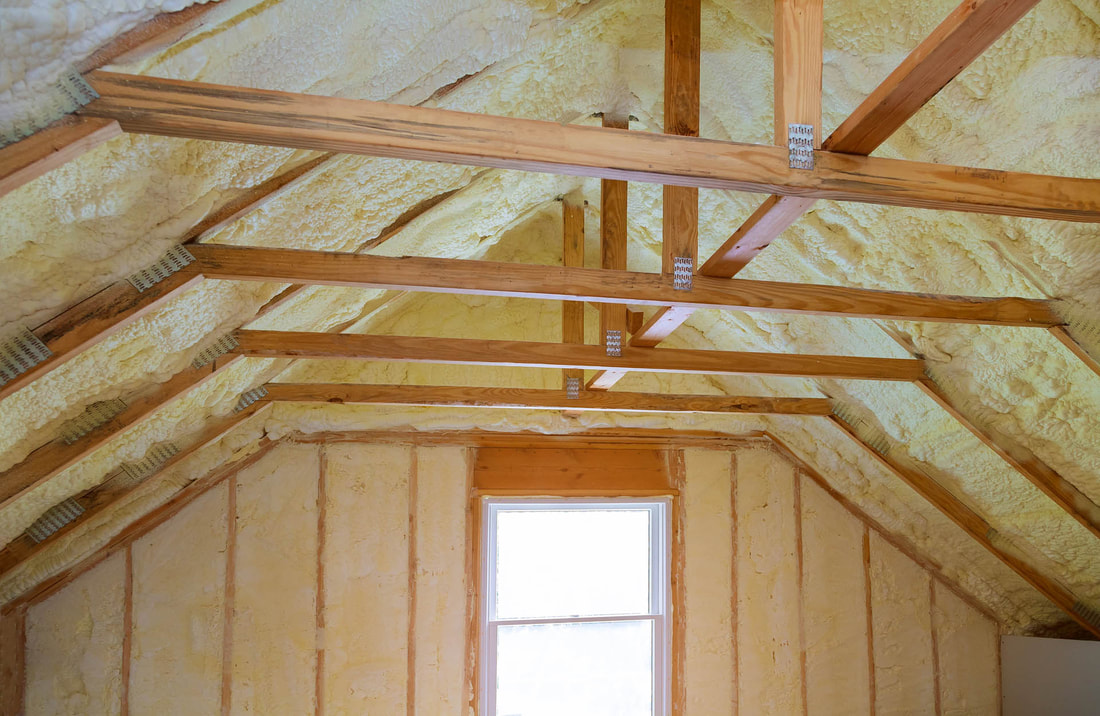
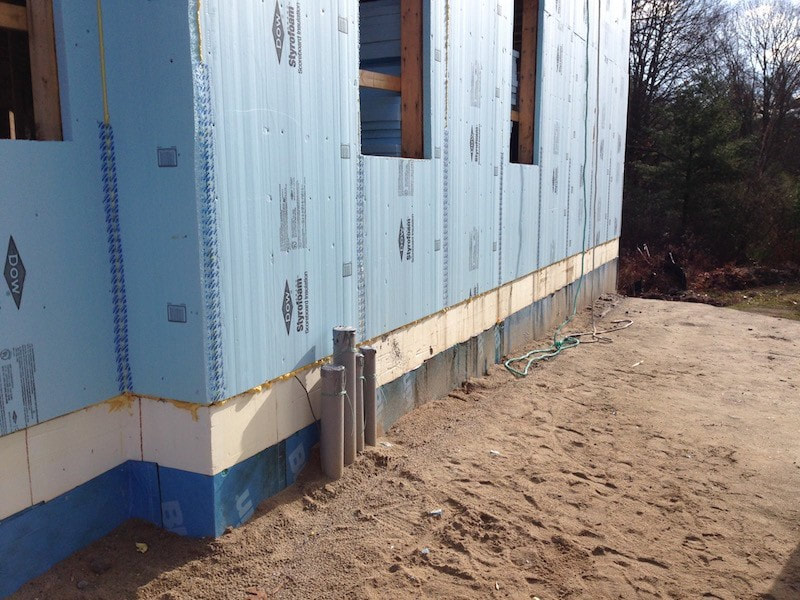
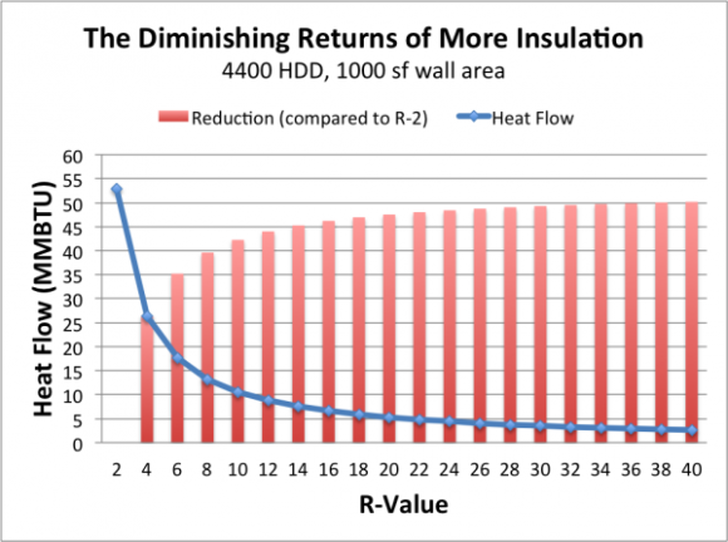
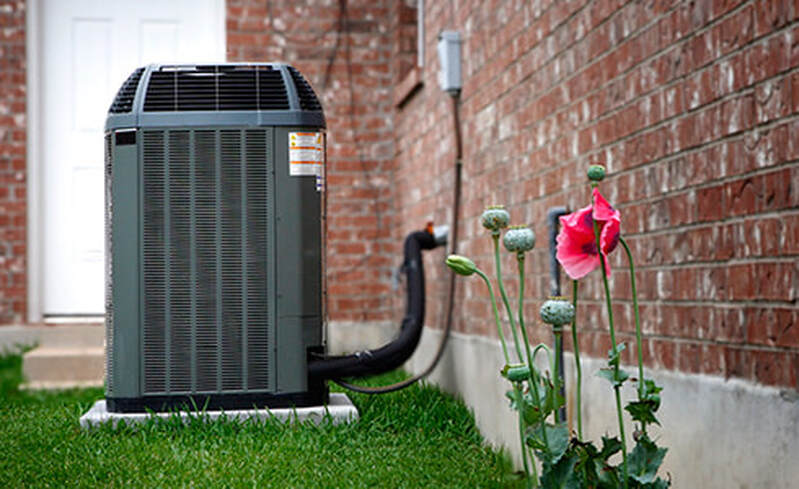
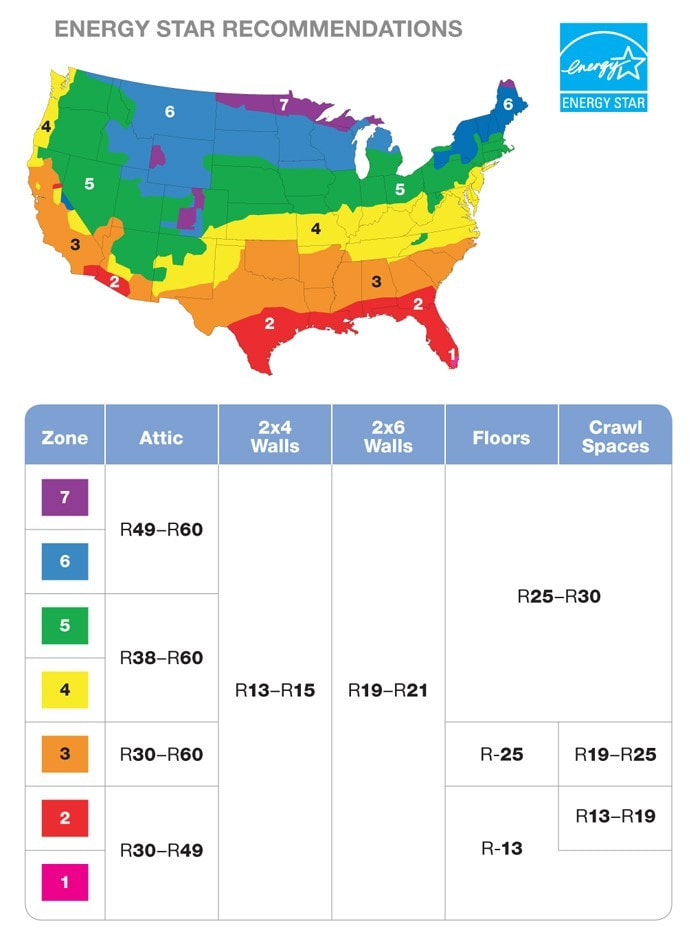
 RSS Feed
RSS Feed